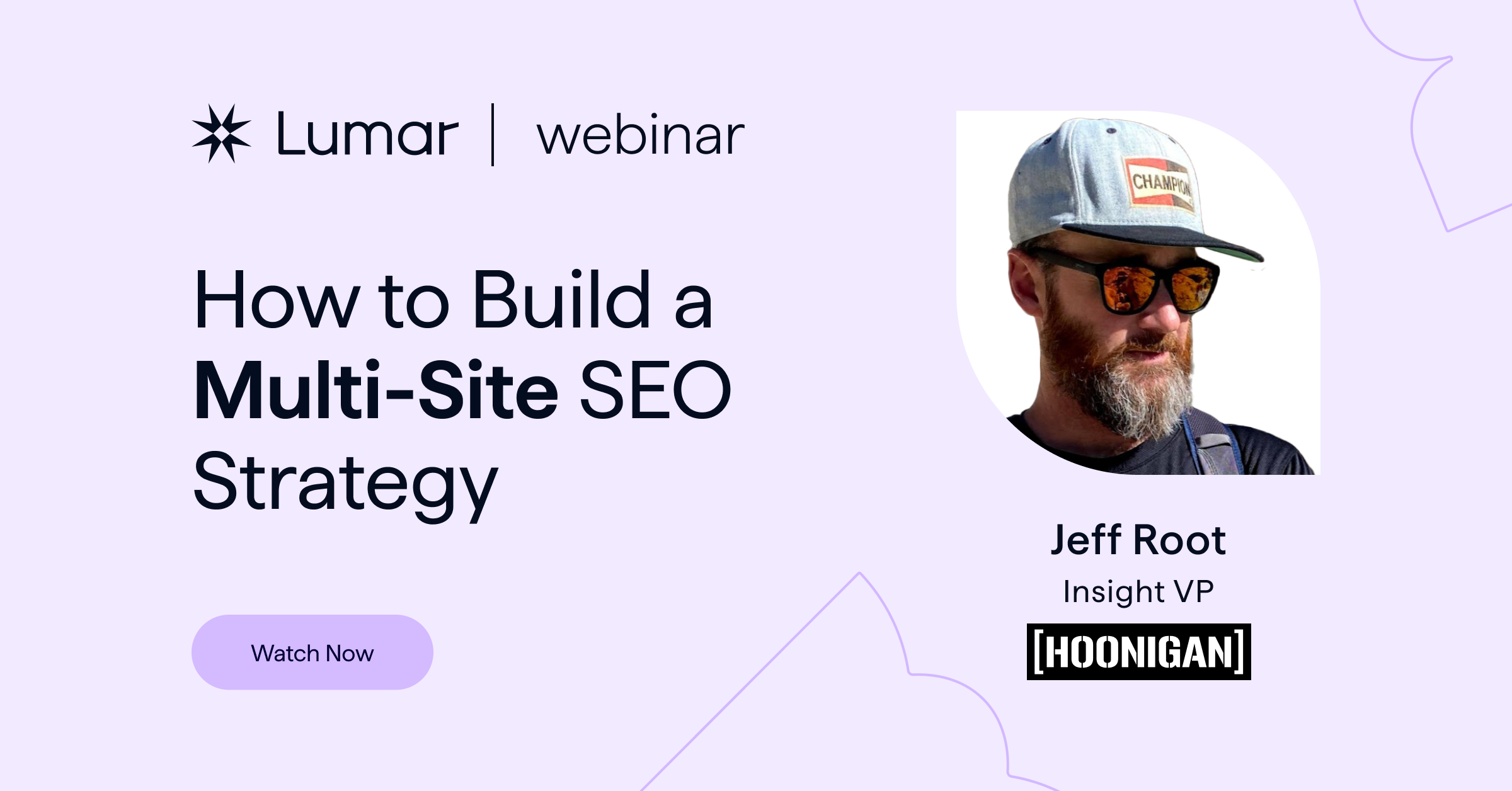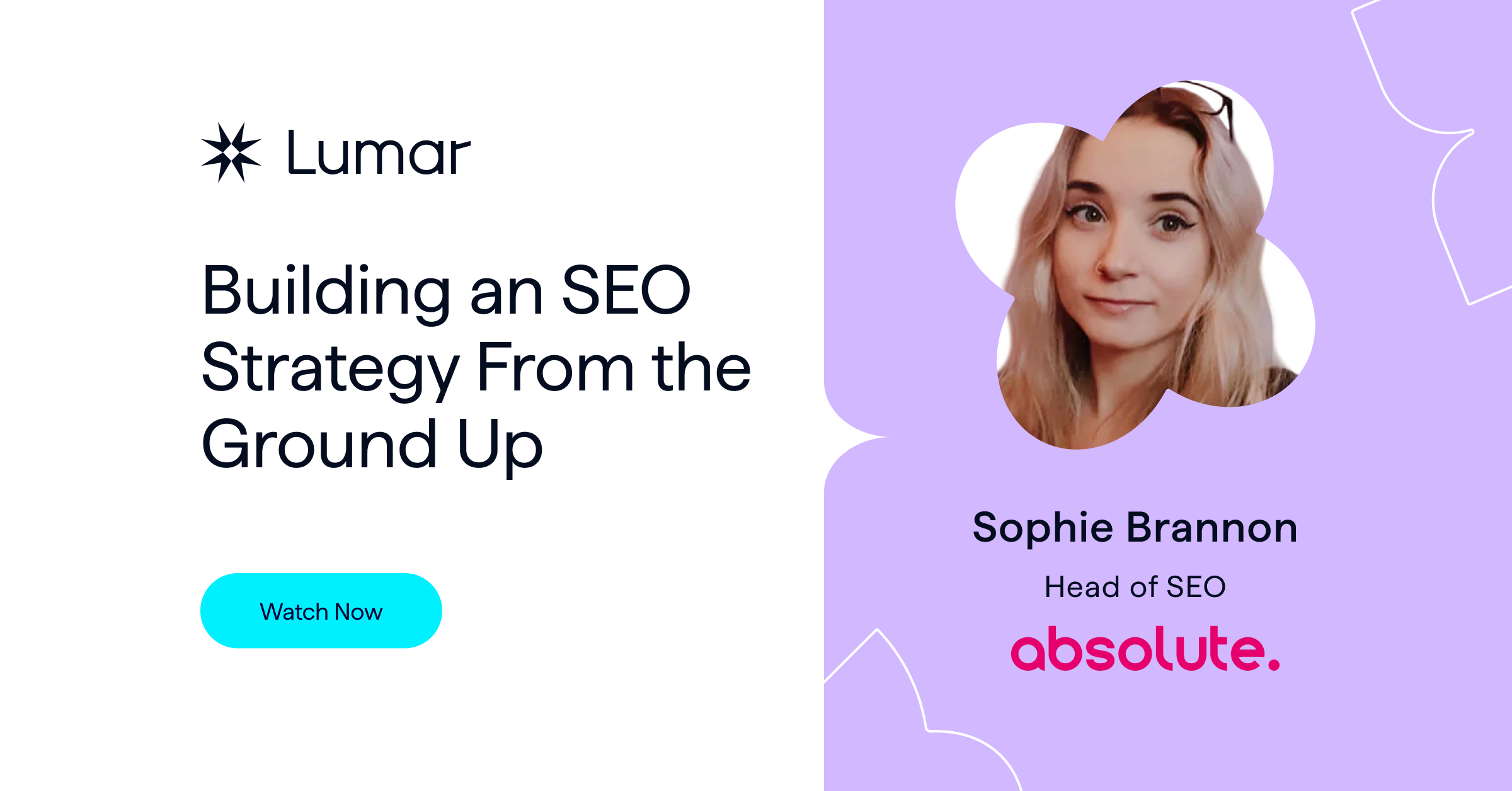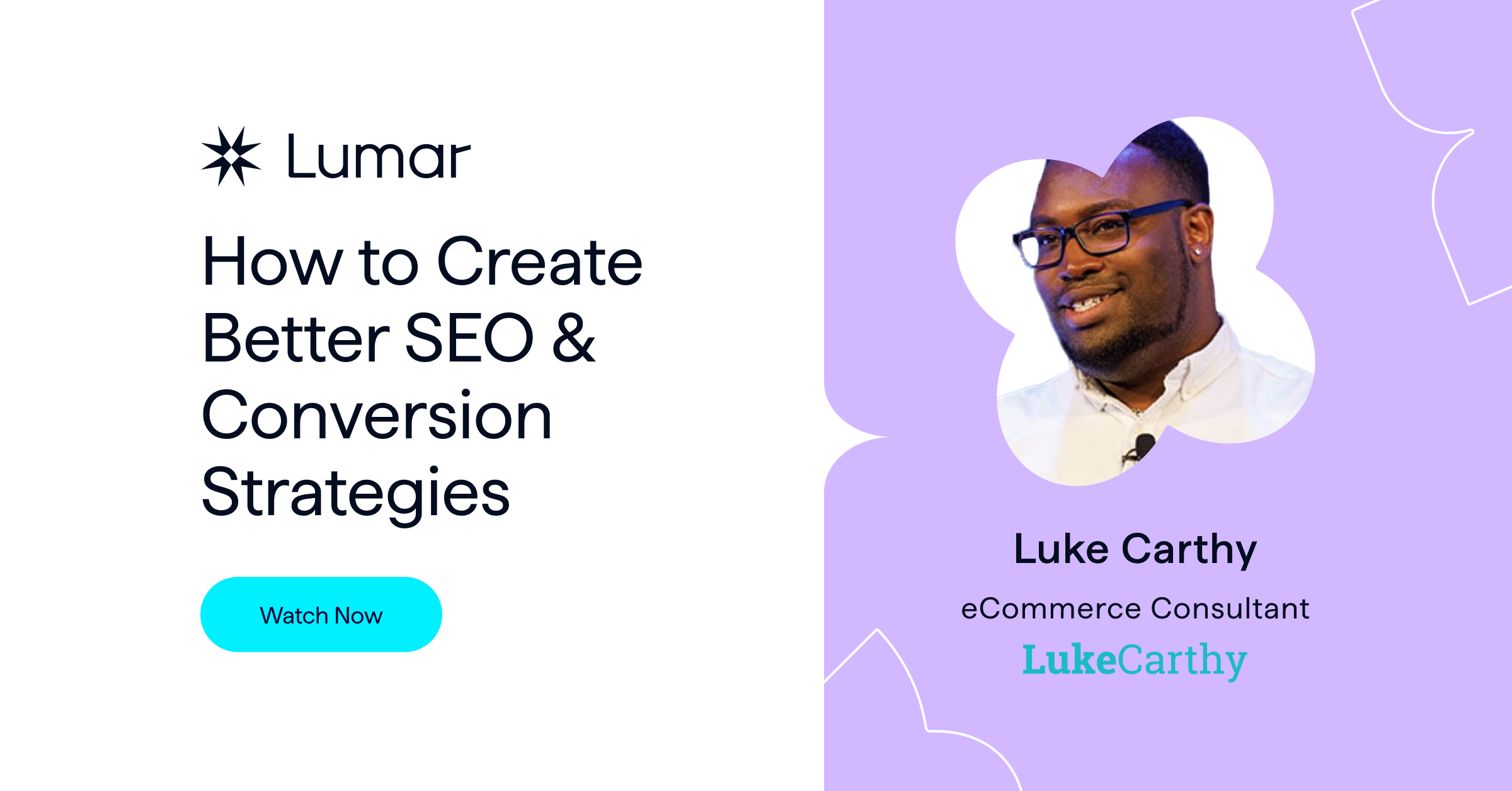SEO commentators have been shouting about the importance of visibility in search engines for years. But the truth is, in the wake of the coronavirus pandemic, search is a bigger deal than it ever has been. We are truly in the search-first age.
The latest in our ongoing series of webinars is a deep dive into brand readiness for the search-first age. In an era when more consumers are coming to search engines to look for products and services than ever before, how can businesses be prepared?
Our CEO, Craig Dunham, and VP of Professional Services, Ashley Berman Hale, have the answers. Here are our key takeaways from their in-depth conversation last Thursday. Check out the video for the full webinar and the comprehensive Q&A.
What is the search-first age?
“I view it as an acknowledgment of its importance to a variety of broader business functions,” Dunham says. “There’s a quote from a prominent MarTech leader that I love to use, which is that search turns intent into discovery, discovery into authority, and authority into brand preference that drives sales and loyalty.”
The combined end goal of sales and loyalty is interesting here. While sales vis-à-vis ROI has long been the first route to highlighting the importance of search, it’s the sometimes less tangible results—such as brand loyalty—which are increasingly being linked back to SEO.
The search-first era requires a broader understanding of SEO’s importance to more than just boosting sales. Brand leaders are learning that search shapes the full customer experience and that the data and insights garnered from this channel can give us the best understanding of exactly how our marketing and product strategies are performing.
The importance of search
Search has directly impacted the way Dunham works. In research he carried out with Econsultancy, he found that around 35% of marketing leaders viewed SEO as the most important channel, and while that resulted in a lot of investment, much of it was being funneled towards short-term paid strategies such as digital ads.
“As we think about our own growth at Deepcrawl, we’re constantly focused on driving growth via organic channels,” Dunham says. “We seek to reduce the number of customers we acquire from paid – and our team is rising to that challenge. When you start to model out and see the cost savings while driving the same results, it becomes that much more real and powerful.”
This belief in organic SEO is now fundamental to Dunham’s work. He believes more businesses, right up to the C-suites within them, need to learn about the long-term value of organic search. It should be a business-wide objective, not just something the search and marketing teams are discussing.
“It can really have a meaningful impact on an organization’s bottom line to essentially shift resources towards organic and capture the cost savings that come along with it,” Dunham says.
How to build a strategy around search
This focus on educating teams about the benefits of search and adapting overall business goals to be more focused on organic SEO comes up again in Dunham’s five-point plan to build a strategy around search.
Step 1: Educate yourself, your leadership team, and your boards
A major part of our jobs as SEOs and search-focused marketers is education. Dunham understands that a lot of discussions around search can be highly technical – but many who stand to benefit from learning about SEO will not be coming from technical backgrounds. Learning how to communicate the benefits of organic search and technical SEO to the wider business and to disparate stakeholders is a mainstay facet of SEO-focused roles.
“You’re often introducing highly technical concepts to a less technical audience, so understanding how those concepts then can translate into impact to the business goes a long way,” he says, adding that at Deepcrawl, “we have teams of folks who help with that translation and we’re continuing to evolve our product in the direction of informing more senior stakeholders about the impact that technical SEO can provide in driving organic search, in driving page experience, and driving conversion rates. We’re trying to do our part with people and product to help solve that problem.”
Berman Hale adds to this, explaining her three-pronged approach to SEO education:
- Empathy. Search often gets pushed into a black hole between groups, or added as a sub-group within marketing. But if various teams —including marketing, engineering, and SEO—understand each other’s goals, SEO can bring together strategies that help everyone win.
- Good metrics. “Let me hit your ROI” is the biggest driver in search strategy. Looking at business ROI and how that data translates for individual task owners can help bring us together for a top-level strategic view. If teams want to show movement up and to the right, they need to make not just peace with technical SEO, but become best-damn-friends with it.
- Point to the money and risk reduction. Technical SEO pays off in multiples down the road, for example, by lowering customer acquisition costs.
Step 2: Prioritize search within marketing and development
Search needs collaboration between both marketing and development teams—but those teams often have different priorities. For Dunham, getting all the groups of people who can influence search together in a room to align priorities can really move search strategies—and the overall business—forward. You need that cross-functional alignment to move things forward in a well-performing search strategy. This prioritizing of search across both marketing and development teams can improve search education across the larger organization, help teams to understand how their efforts complement each other’s goals, and get departments to embrace and understand the vital metrics to promote a wider business awareness of the importance of search.
Without the above in place, you will be more likely to get pushback when it comes to unlocking investment in search tools or allocating time and person-power to SEO-based projects. If the education and understanding are there, the culture is in place for search to become a business-wide priority.
Step 3: Establish a cross-functional SearchOps task force
“If you’ve done steps 1 and 2 well, it really amplifies step 3,” Dunham says. “Forming a task force needs to be cross-functional, as the data that your website generates touches so many different parts of the business.”
If this team has quantifiable goals—such as site visits, conversion rates, or eCommerce revenue—then they can identify the pages on the site that are having the most impact. The task force can then align with the relevant developers/designers/content producers to better optimize those pages and take them to the next level.
Step 4: Give your SEO experts a bigger voice at the decision-making table
Dunham is clear about why this is important. When SEOs are siloed under other teams and not part of decision-making it is:
- Harder to prove ROI of investments in search
- There is likely to be an over-reliance on paid channels
- And you’ll frequently find yourself at a competitive disadvantage
If SEO teams are not given a voice at the decision-making table, “it ultimately results in under-informed leadership,” said Dunham. “They don’t have all the data from which to make decisions – and this can have negative consequences.”
Step 5: Use SEO testing automation so you can focus on improvements instead of fixes
Implementing automated SEO tests helps your teams focus on longer-term improvements instead of reactively chasing fixes. This ties in neatly to recent activities at Deepcrawl, particularly the development of our Automation Hub.
Deepcrawl’s Automation Hub allows for robust and flexible pre-production environment testing. It gets developers working alongside SEOs and marketers so they can learn from each other, reduces the risk of minor-to-catastrophic loss when launching new code, and cuts down on the need for manual checks and the chance of human error. And, crucially, it allows SEOs to spend less time frantically checking the site every time there’s a code release. Instead, they can focus on what they do best: proactively improving the site, thinking creatively, and pushing it to be best-in-class.
“It’s an area in which we’ll continue to innovate,” Dunham adds. “Instead of being reactive to bad code hitting critical pages of your website, you can prevent that bad code release from ever going live in the first place.”
Is your brand ready?
Dunham’s business-wide search strategy does call for fundamental changes to how our businesses are structured and how SEO feeds into larger business processes. But ultimately, this is a positive time for SEOs. The strategies are there and they are achievable. The platform and MarTech tools are there to be used—and they are improving all the time. But, perhaps most importantly, customers are already fully embedded in the search-first age. Users are coming to search channels in ever greater numbers and they are more likely to reward you with sales, loyalty, and recommendations if your digital experience is efficient and seamless from intent to conversion.



